Humans
Sign up for our newsletter
We summarize the week's scientific breakthroughs every Thursday.
-
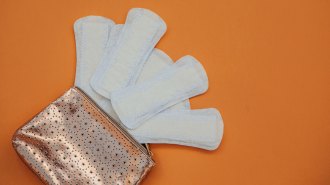 Humans
Humans‘Period’ wants to change how you think about menstruation
Kate Clancy offers fascinating science and history about the uterus and menstruation in her book, Period: The Real Story of Menstruation.
-
 Animals
AnimalsHibernating bears don’t get blood clots. Now scientists know why
People who sit still for hours have an increased risk of blood clots, but hibernating bears and people with long-term immobility don’t. A key clotting protein appears to be the reason why.
-
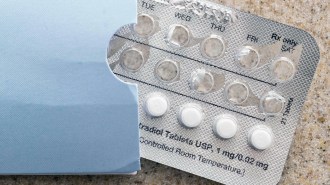 Health & Medicine
Health & MedicineEstrogen in birth control could be cut way back, a study suggests
Delivering an extra low dose of estrogen, or a combination of estrogen and progesterone, at a specific time of the menstrual cycle may prevent ovulation.
By Natalia Mesa -
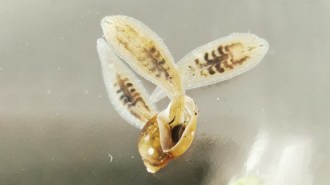 Animals
AnimalsFreshwater leeches’ taste for snails could help control snail-borne diseases
A freshwater leech species will eat snails, raising the possibility that leeches could be used to control snail-borne diseases that infect humans and livestock.
-
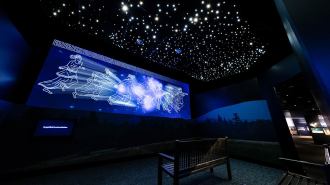 Science & Society
Science & SocietyThe Smithsonian’s ‘Lights Out’ inspires visitors to save the fading night sky
The exhibition examines how light pollution harms astronomy, ecosystems and human cultures. But it also offers hope.
-
 Archaeology
ArchaeologyHair analysis reveals Europe’s oldest physical evidence of drug use
Analyses of human hair found in a Mediterranean cave turned up psychoactive plant substances, revealing use of hallucinogens around 3,000 years ago.
By Bruce Bower -
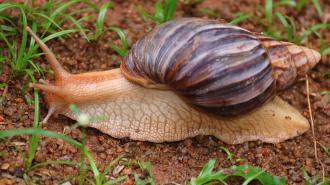 Archaeology
ArchaeologyWhat did Homo sapiens eat 170,000 years ago? Roasted, supersized land snails
Charred shell bits at an African site reveal the earliest known evidence of snail-meal prep, suggesting ancient humans cooked and shared the mollusks.
By Bruce Bower -
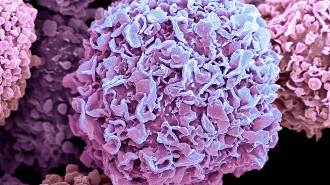 Health & Medicine
Health & MedicineA new battery starves cancer cells of oxygen in mice
When a self-charging battery is placed on a mouse’s tumor and combined with anticancer drugs, it reduced tumor size by 90 percent.
-
 Health & Medicine
Health & MedicineThe antiviral drug Paxlovid reduces the risk of getting long COVID
In a study of U.S. veterans’ health records, the drug lowered the odds of developing 10 of 13 long-term health problems following a COVID-19 infection.
-
 Anthropology
AnthropologyNative Americans corralled Spanish horses decades before Europeans arrived
Great Plains groups incorporated domestic horses into their cultures by the early 1600s, before Europeans moved north from Mexico.
By Bruce Bower -
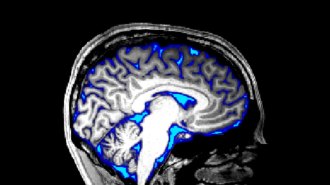 Neuroscience
NeuroscienceScientists triggered the flow of spinal fluid in the awake brain
If future studies confirm these waking waves wash away toxic proteins from the brain, the finding could lead to new treatments for brain disorders.
By Simon Makin -
 Health & Medicine
Health & Medicine50 years ago, air pollution was linked to more reports of animal bites
Scientists spent decades tying air pollution to health and behavior problems. Now, there’s more evidence that dirty air influences aggression in animals.